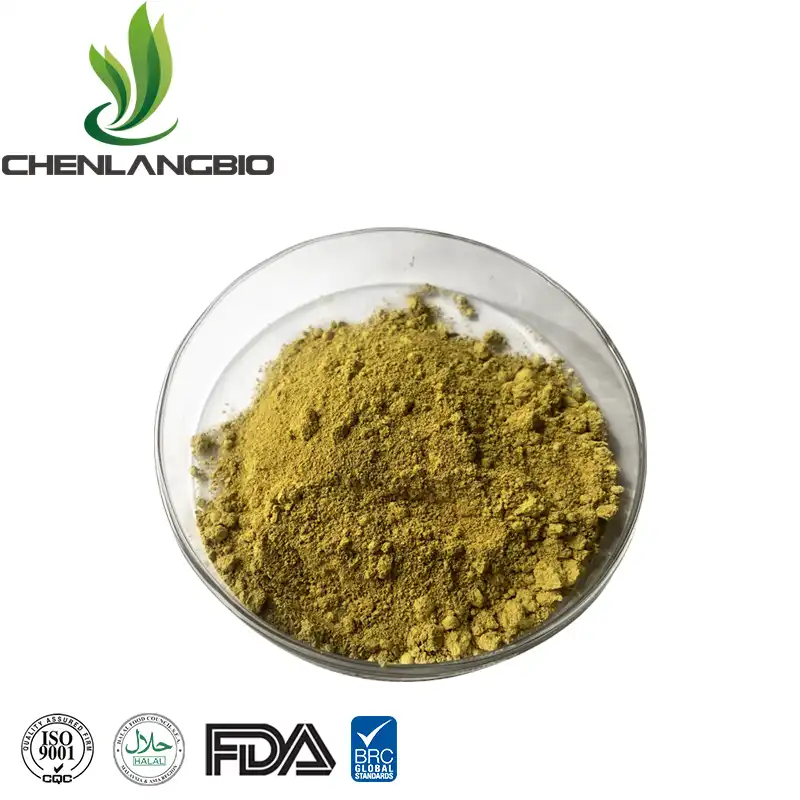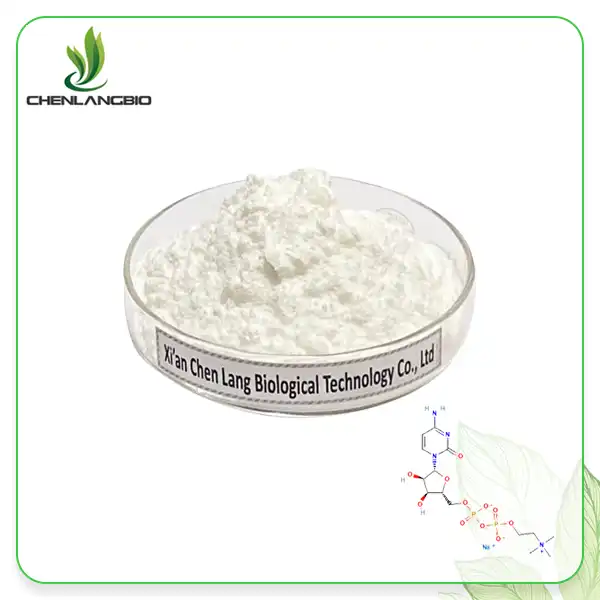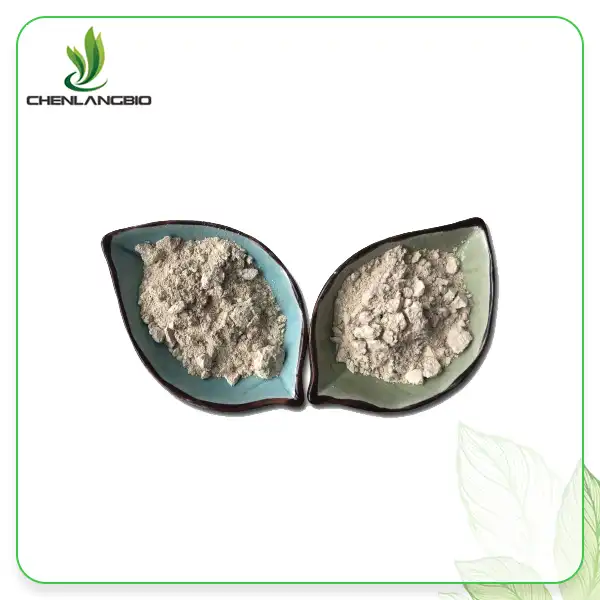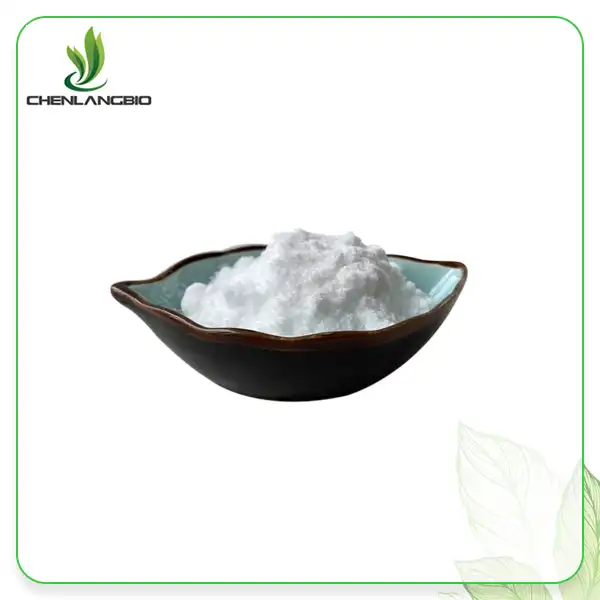What is Sodium Ascorbyl Phosphate Used For
2024-08-15 15:10:58
In skincare and cosmetic goods, the stable, water-soluble derivative of sodium ascorbyl phosphate (SAP) is widely utilized. SAP has several advantages, including enhanced collagen formation, antioxidant protection, and brighter skin. It is renowned for being dependable and efficient. The advantages of sodium ascorbyl phosphate, its multiple applications, and doable ways to include it into your skincare regimen will all be covered in this piece.
How Does Sodium Ascorbyl Phosphate Benefit the Skin?
Antioxidant Protection
The potent antioxidant properties of sodium ascorbyl phosphate are one of its primary advantages. SAP acts as an antioxidant by neutralizing unstable molecules called free radicals, which can harm skin cells and accelerate aging. SAP can keep the skin looking young and prevent premature aging by protecting it from oxidative stress.
Collagen Synthesis
Collagen is a protein that the skin needs to keep its firmness and elasticity.SAP aids in the production of collagen, which helps to reduce the appearance of wrinkles and fine lines.By encouraging collagen synthesis, SAP is a useful component in anti-aging skincare products that helps to improve skin texture and resilience.
Skin Brightening
SAP is known for its ability to brighten the skin and even out skin tone. It inhibits the production of melanin, the pigment responsible for dark spots and hyperpigmentation. Regular use of SAP can lead to a more radiant complexion and a reduction in discoloration, providing a clearer and more uniform skin tone.
Acne Reduction
SAP has anti-inflammatory properties that can help reduce acne and prevent breakouts. It inhibits the growth of acne-causing bacteria and reduces inflammation, making it an effective ingredient for acne-prone skin. Additionally, its ability to regulate sebum production can further help in keeping acne at bay.
Enhanced Skin Hydration
SAP can also improve skin hydration by enhancing the skin’s barrier function. This helps the skin retain moisture, leading to better hydration and a smoother, more supple complexion. Well-hydrated skin is less prone to irritation and environmental damage, making SAP a beneficial addition to any skincare routine.
Can Sodium Ascorbyl Phosphate Be Used on All Skin Types?
Suitable for Sensitive Skin
One of the advantages of SAP over other forms of vitamin C is its mildness. SAP is less likely to cause irritation compared to ascorbic acid, making it suitable for sensitive skin. This makes SAP an excellent option for individuals who have experienced irritation with other vitamin C products.
Safe for Acne-Prone Skin
Given its anti-inflammatory and antibacterial properties, sodium ascorbyl phosphate is particularly beneficial for acne-prone skin. It helps reduce inflammation and prevent bacterial growth, which are key factors in managing acne. Additionally, its non-comedogenic nature ensures it won’t clog pores or exacerbate acne.
Beneficial for Aging Skin
For those with aging skin, SAP offers multiple benefits, including collagen production and antioxidant protection. These properties help reduce the appearance of wrinkles and fine lines, making the skin appear firmer and more youthful. Its skin-brightening effect also helps in addressing age spots and uneven skin tone.
Versatile for Combination Skin
SAP is versatile enough to be used on combination skin types, addressing both oily and dry areas. It helps regulate oil production in oily zones while providing hydration to dry patches, ensuring balanced and healthy skin.
Usage Recommendations
While SAP is generally safe for all skin types, it’s always advisable to conduct a patch test before incorporating any new product into your skincare routine. Start with a lower concentration of SAP and gradually increase it to allow your skin to adjust.
How to Incorporate Sodium Ascorbyl Phosphate into Your Skincare Routine?
Morning Routine
Cleanse: In the morning, use a gentle cleanser to prepare your skin for the day.
Tone: Use a toner to help maintain your skin's pH and make it easier for other products to be absorbed.
Utilize the SAP Serum: In order to reap the benefits of SAP, apply a serum to your skin. It should be massaged into the skin with gentle pressure until it is completely absorbed.
After, nourish and protect your skin with a moisturizer.
Sunscreen: Use a broad-spectrum sunscreen to shield SAP from UV rays after application.
Evening Routine
Cleanse: Start with a gentle cleanser to remove makeup, dirt, and excess oil.
Tone: Apply a toner to prepare your skin for the treatment products.
Apply SAP Serum: Use the SAP serum to promote collagen production and skin repair overnight.
Moisturize: Seal in the serum with a moisturizer to keep your skin hydrated throughout the night.
Combining with Other Actives
Niacinamide: SAP can be combined with niacinamide for enhanced brightening and anti-inflammatory effects.
Hyaluronic Acid: Pairing SAP with hyaluronic acid can boost hydration and improve skin texture.
Retinol: Use SAP and retinol on alternate nights to prevent irritation and maximize their anti-aging benefits.
Frequency of Use
For best results, use SAP products once or twice daily. Start with a lower concentration and gradually increase it to allow your skin to build tolerance.
What Are the Side Effects of Sodium Ascorbyl Phosphate?
Potential Irritation
Although SAP is generally well-tolerated, some individuals may experience mild irritation, especially when first introducing it into their routine. Symptoms may include redness, dryness, or a stinging sensation. These side effects are typically temporary and subside as your skin adjusts.
Managing Side Effects
To minimize the risk of irritation, start with a lower concentration of SAP and gradually increase it. Additionally, incorporating soothing ingredients like aloe vera, chamomile, or centella asiatica can help calm the skin and reduce potential irritation.
Patch Testing
Always perform a patch test before using a new product. Apply a small amount of the SAP product to a discreet area of your skin and monitor for any adverse reactions over 24 hours. If no irritation occurs, you can safely incorporate it into your skincare routine.
Allergic Reactions
In rare cases, some individuals may have an allergic reaction to SAP. Symptoms can include severe redness, itching, or swelling. If you experience any of these symptoms, discontinue use immediately and consult a dermatologist.
Combining with Other Ingredients
Be cautious when combining SAP with other active ingredients. Avoid using it with benzoyl peroxide or copper peptides, as these can reduce its efficacy or cause irritation. Instead, opt for complementary ingredients like niacinamide or hyaluronic acid.
Is Sodium Ascorbyl Phosphate Effective for Treating Hyperpigmentation?
Mechanism of Action
SAP treats hyperpigmentation by inhibiting tyrosinase, an enzyme responsible for melanin production. By reducing melanin synthesis, SAP helps lighten dark spots and even out skin tone, making it an effective treatment for hyperpigmentation.
Clinical Evidence
Studies have shown that SAP can significantly reduce the appearance of hyperpigmentation with regular use. Clinical trials indicate that SAP, at concentrations of 5% or higher, effectively brightens the skin and diminishes dark spots.
Comparison with Other Treatments
Compared to other hyperpigmentation treatments like hydroquinone or retinoids, SAP offers a gentler alternative with fewer side effects. While hydroquinone can cause irritation and retinoids can increase sun sensitivity, SAP provides a more tolerable option for long-term use.
Incorporation into Skincare Routine
To treat hyperpigmentation, apply a SAP serum directly to affected areas after cleansing and toning. Consistent use, combined with sunscreen during the day, will yield the best results in reducing dark spots and achieving an even skin tone.
User Testimonials
Many users have reported noticeable improvements in their hyperpigmentation after incorporating SAP into their skincare routine. Positive reviews highlight its effectiveness in lightening dark spots and achieving a more radiant complexion without significant irritation.
Conclusion
Including sodium ascorbyl phosphate in skincare products has numerous advantages, including the protection against free radicals, the production of collagen, the brightening of the skin, and the reduction of acne. SAP is suitable for all skin types and can be easily incorporated into morning and evening routines. If you know what it does and how to use it, you can have skin that is healthier and more radiant. If you want personalized advice or more information about our SAP products, please contact us at admin@chenlangbio.com.
References
Healthline | The Benefits and Uses of Sodium Ascorbyl Phosphate
Byrdie | Sodium Ascorbyl Phosphate: What It Is and How It Benefits Your Skin
Allure | Everything You Need to Know About Sodium Ascorbyl Phosphate
Journal of Clinical and Aesthetic Dermatology | Sodium Ascorbyl Phosphate: A Vitamin C Derivative for Skin Health
Dermatology Times | Understanding the Role of Sodium Ascorbyl Phosphate in Skincare
WebMD | Sodium Ascorbyl Phosphate: Benefits, Uses, and More
Medical News Today | The Benefits of Vitamin C Derivatives in Skincare
Marie Claire | Sodium Ascorbyl Phosphate: A Stable and Effective Vitamin C Alternative
Vogue | The Rise of Sodium Ascorbyl Phosphate in Skincare
American Academy of Dermatology | Vitamin C in Skincare: Understanding Sodium Ascorbyl Phosphate
Send Inquiry
Related Industry Knowledge
- How to Make Centella Asiatica Extract?
- The Science Behind Bulk Dimethylmethoxy Chromanol
- What are the Benefits of Phellinus Linteus?
- Top Benefits of Tart Cherry Extract Powder
- Why Is Pure Fisetin Gaining Attention as a Powerful Flavonoid for Health and Wellness?
- Unlocking the Skin Benefits of Paeoniflorin 80%
- How to Extract EGCG from Green Tea
- What Is the Difference Between Ascorbic Acid and Sodium Ascorbyl Phosphate
- What is Shilajit Extract Powder
- Frankincense Extract for Sale and Frankincense Extract Benefits









